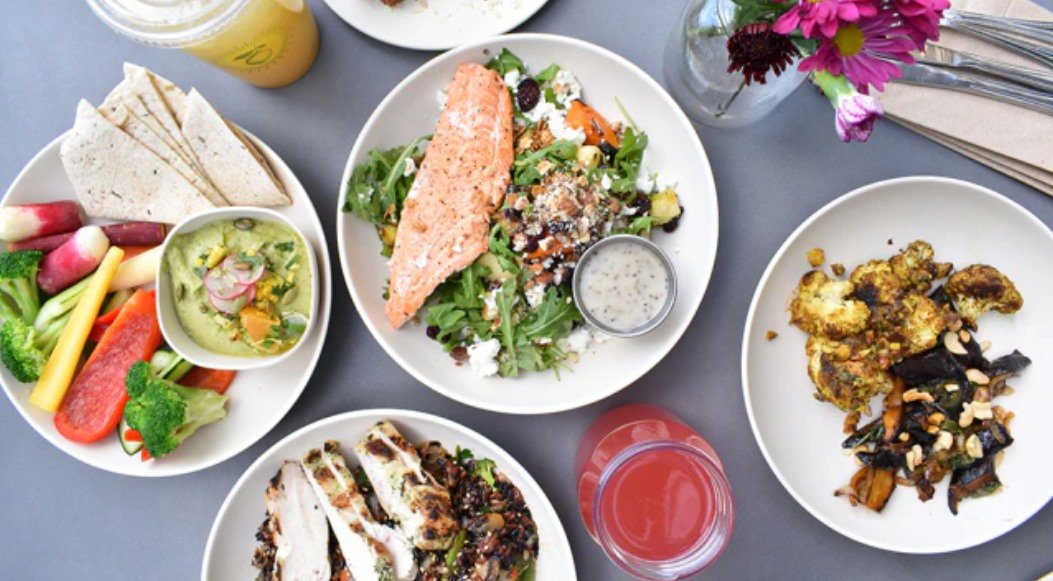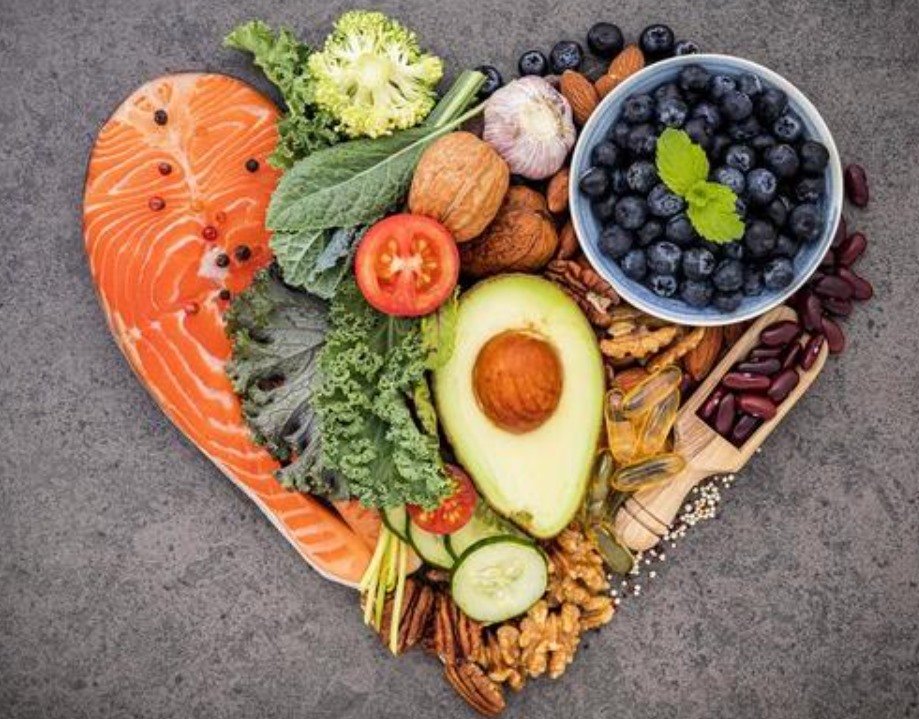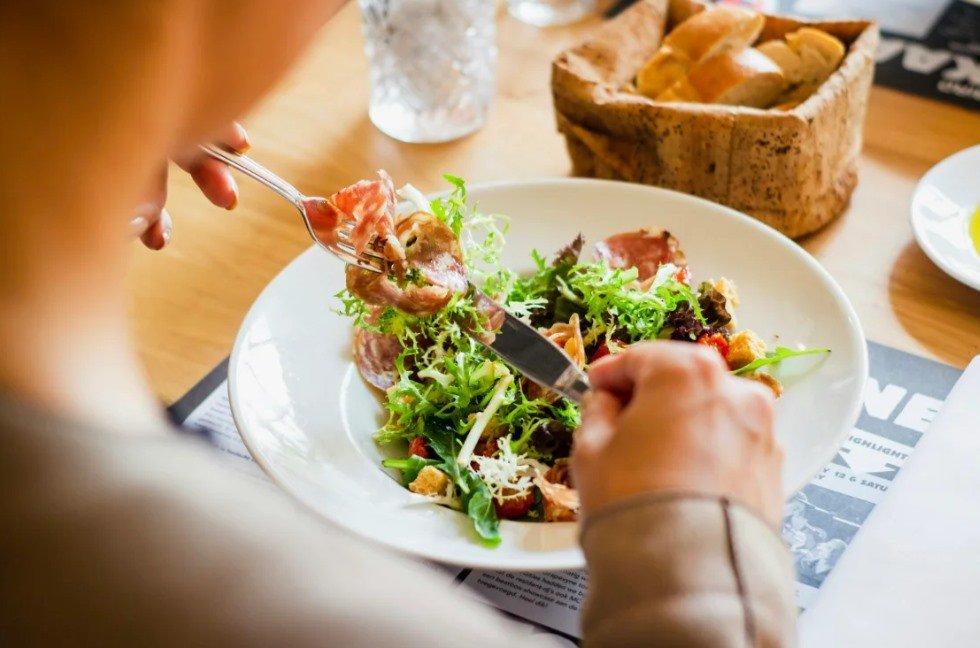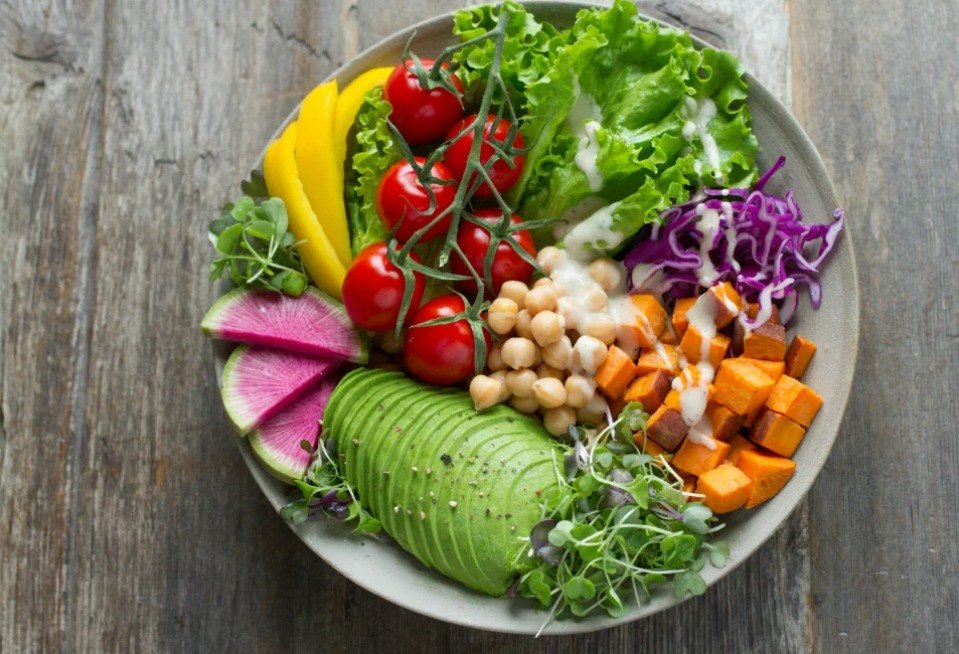
Eating healthy does not have to mean eating bland or boring food. Many people think that cutting calories means giving up taste, but this is not true. With the right ingredients and cooking methods, you can prepare low calorie recipes that are flavorful, filling, and satisfying. These meals are perfect for anyone who wants to manage their weight, improve their health, or simply enjoy lighter dishes without feeling hungry afterward.
Why Choose Low Calorie Recipes
Low calorie recipes are helpful for people who want to reduce their daily calorie intake without sacrificing flavor. They allow you to enjoy a variety of foods while keeping meals balanced and nutritious. By choosing recipes with fewer calories, you can control portion sizes more easily, maintain steady energy, and support a healthier lifestyle. Another benefit is that many of these recipes include fresh vegetables, lean protein, and whole grains, which are full of important nutrients. This means you are not just cutting calories, but also improving the quality of your diet.
How to Make Meals Filling and Low in Calories
The main challenge with eating fewer calories is avoiding hunger. To stay full while eating lighter, you need to focus on the right kinds of ingredients. Protein is important because it helps you feel satisfied for longer. Foods like chicken, fish, eggs, beans, and tofu are excellent options. Fiber is another key factor. Vegetables, fruits, legumes, and whole grains are high in fiber, which slows digestion and helps control appetite. Healthy fats, like those found in nuts, seeds, and avocados, should be included in small amounts. They add flavor and help the body absorb vitamins. By combining these elements, low calorie recipes can be both satisfying and nourishing.
Breakfast Ideas
Starting the day with a healthy, filling meal sets the tone for the rest of the day. Some simple low calorie recipes for breakfast include:
- Vegetable omelet made with egg whites, spinach, tomatoes, and mushrooms.
- Greek yogurt with berries and a sprinkle of oats or chia seeds.
- Smoothie made with unsweetened almond milk, banana, spinach, and protein powder.
These breakfasts are quick to make, provide lasting energy, and keep you full until your next meal.
Lunch Ideas
For lunch, it is best to choose meals that are light but filling enough to keep you energized through the afternoon. Good options include:
- Grilled chicken salad with mixed greens, cucumbers, and a light vinaigrette.
- Lentil soup made with vegetables and herbs.
- Turkey and avocado wrap using a whole wheat tortilla.
These meals are easy to prepare and can be packed ahead of time for work or school. By focusing on lean protein and vegetables, they provide plenty of volume without too many calories.
Dinner Ideas
Dinner is often the largest meal of the day, but it does not need to be heavy. Here are a few simple low calorie recipes for dinner:
- Baked salmon with roasted broccoli and quinoa.
- Stir-fried vegetables with shrimp and brown rice.
- Turkey chili made with beans, tomatoes, and spices.
These meals are satisfying and flavorful while staying within a lower calorie range. Cooking with herbs, spices, and healthy marinades also adds taste without adding extra calories.
Snacks That Satisfy
Snacking is often where extra calories sneak in, but you can still enjoy snacks if you make smart choices. Low calorie options that keep you full include:
- Apple slices with a spoonful of peanut butter.
- Hummus with carrot sticks or cucumber slices.
- Air-popped popcorn without butter.
These snacks are light yet packed with nutrients, so you can eat them without guilt.
Cooking Tips for More Flavor
One concern people often have when following low calorie recipes is that the food might taste plain. The key to avoiding this is using seasonings, herbs, and spices. Fresh garlic, ginger, chili powder, and curry can make simple ingredients taste more exciting. Herbs like basil, cilantro, parsley, and rosemary add freshness without adding calories. Using citrus juice, like lemon or lime, is another way to boost flavor in salads, seafood, and chicken dishes. Cooking methods also make a big difference. Roasting vegetables brings out natural sweetness, while grilling meats gives them a smoky taste. With these techniques, even basic ingredients can become enjoyable and filling meals.
Meal Planning and Preparation
To succeed with low calorie recipes, planning ahead is very helpful. Meal planning saves time, reduces food waste, and ensures you always have something healthy available. A simple method is to choose a few recipes for the week, write a grocery list, and prepare ingredients in advance. For example, you can chop vegetables, cook grains like brown rice or quinoa, and marinate proteins ahead of time. Storing pre-cooked meals in portion-sized containers also makes it easier to stick to your goals. When you are busy, having these meals ready helps you avoid less healthy choices.
Affordable Low Calorie Meals
Eating healthy does not have to be expensive. In fact, many low calorie recipes can be budget-friendly. Ingredients like beans, lentils, oats, and frozen vegetables are inexpensive but nutritious. Buying in bulk and cooking larger batches can save money while ensuring you always have food ready. For example, making a large pot of vegetable soup or bean chili can provide several meals. Leftovers can also be used in new ways, such as turning grilled chicken into a wrap or adding roasted vegetables to a salad. These small habits make healthy eating more affordable and sustainable.
Benefits Beyond Weight Loss
Low calorie recipes are often connected to weight management, but they provide other benefits too. Eating lighter meals can improve digestion, reduce feelings of tiredness, and support heart health. Meals rich in vegetables and lean protein provide vitamins and minerals that strengthen the immune system. Many people also notice improved focus and energy when they avoid heavy, high-calorie meals. Over time, these habits can contribute to better long-term health.
Common Mistakes to Avoid
While preparing low calorie recipes is simple, there are some mistakes to watch out for. One mistake is relying on processed “diet” foods, which may be low in calories but high in sodium or artificial ingredients. It is better to choose whole, fresh foods whenever possible. Another mistake is skipping healthy fats altogether. Although fats are high in calories, small amounts of avocado, nuts, or olive oil are important for balance and flavor. A final mistake is eating portions that are too small. This can leave you hungry and make it harder to stay consistent. Instead, focus on filling your plate with vegetables, lean proteins, and moderate portions of grains or healthy fats.
Examples of Filling Recipes
Here are some examples of meals that balance flavor, nutrition, and lower calories:
- Grilled chicken with roasted zucchini and sweet potato.
- Quinoa bowl with black beans, corn, peppers, and avocado.
- Baked cod with lemon, asparagus, and wild rice.
- Vegetable stir-fry with tofu and brown rice.
- Turkey meatballs with spaghetti squash and tomato sauce.
These meals show that you do not need to give up taste to eat lighter. Each option is balanced, colorful, and satisfying.
Conclusion
Eating healthy does not mean eating bland food. With the right ingredients and methods, you can prepare flavorful low calorie recipes that fill you up and keep you satisfied. By focusing on protein, fiber, and fresh produce, you can create meals that are both tasty and nourishing. Planning ahead, using affordable ingredients, and experimenting with herbs and spices can make your meals more enjoyable. Whether you are cooking breakfast, lunch, dinner, or snacks, there are endless ways to keep your meals light yet satisfying. Making these recipes a regular part of your routine can help with weight management, energy levels, and overall well-being. If you want meals that are simple, healthy, and delicious, low calorie recipes are a smart choice.



